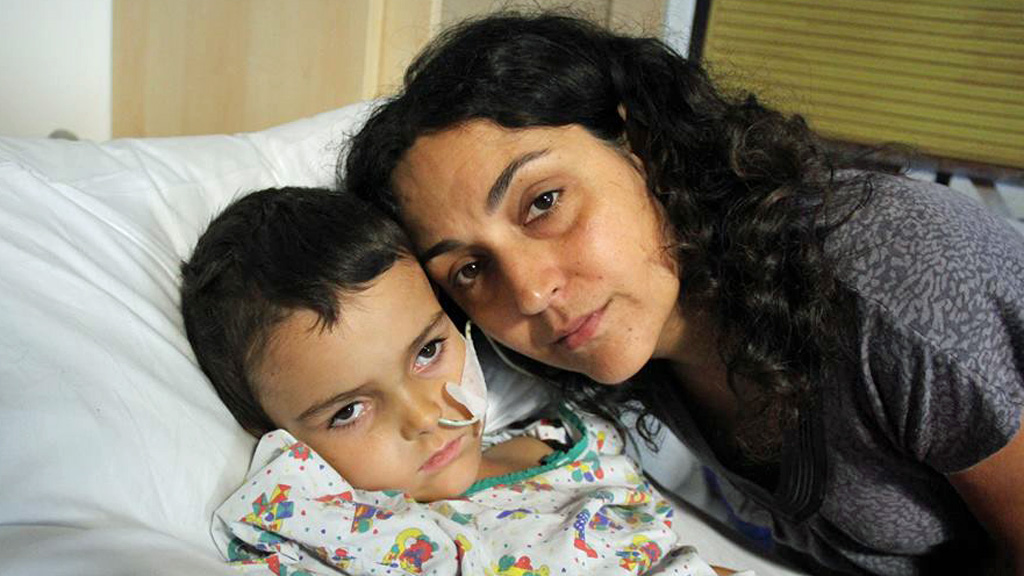Ashya King prepares for proton beam treatment
Five-year-old cancer patient Ashya King is set to receive proton beam treatment in Prague.
Warning: video above contains flash photography
Ashya’s parents took him from a hospital in Southampton against medical advice at the end of August and left the country, triggering a two-day international manhunt.
The couple were detained in Spain, separated from their five-year-old son then released days later by a Spanish judge. They said they wanted to take him to a hospital in Prague that offered radiological therapy.
Proton beam therapy
Ashya was admitted to Prague’s Motol Hospital on Monday, one of the EU member country’s top health facilities, then treated at the newly built Proton Therapy Centre (PTC) across town.
“We are planning for the child to undergo a medical examination at the Proton Centre (PTC) tomorrow to plan the proton beam treatment,” said Jan Stary, the head of Motol clinic.

According to a Motol spokeswoman, the boy’s father would meet doctors at the PTC on Monday afternoon to discuss the treatment.
The centre specialises in a type of radiological cancer treatment used for certain types of tumours, which doctors there say has fewer undesirable side effects than some other treatments.
What is proton beam therapy? And why might it not help Ashya?
Our Science Editor Tom Clarke writes: First things first. As far as doctors know at the moment, proton beams are no better at killing cancers than conventional radiotherapy.
But they probably do less damage to surrounding tissues. So, in a nutshell, proton therapy doesn’t save more lives, it just has the important benefit of minimising collateral damage.
Protons are tiny, but very heavy, particles at the centre of atoms. A therapeutic proton beam for treating cancer is made by accelerating protons to high speeds and focussing them into a beam about a millimetre wide.
Because they are heavy, behave a bit like cannonballs, releasing their energy when they land – depending on how fast you throw them.
This allows doctors to lob protons at a tumour with a high degree of accuracy doing very localised damage but with less damage to tissues behind the tumour.
By contrast, conventional radiotherapy fires x-rays at a tumour. These fly through the body damaging tissues on either side of the tumour.
In many cases the body can withstand the radiation beam. But in childhood brain tumours radiotherapy can damage highly sensitive growing brain tissue causing long term damage.
This can leave some child brain cancer survivors with lifelong disabilities.
Proton beams: better, but no magic bullet for all - read more
NHS cancer care
Meanwhile, cancer clinicians in the UK have warned of a state of impending chaos with no central cancer strategy in place and the rates of people being referred for investigation rising by 50 per cent in four years.
Services are under mounting pressure due to growing demand, efficiency savings and the Government’s health service reforms, according to the new Cancer Research UK-commissioned report.
As the British population ages there will be more and more cases of cancer, and in order to meet this growing demand, the NHS needs “increased investment, planning and leadership now”, charity chief executive Harpal Kumar said.